Medically reviewed by Mr Hyder Ridha, Consultant Plastic, Reconstructive & Aesthetic Surgeon
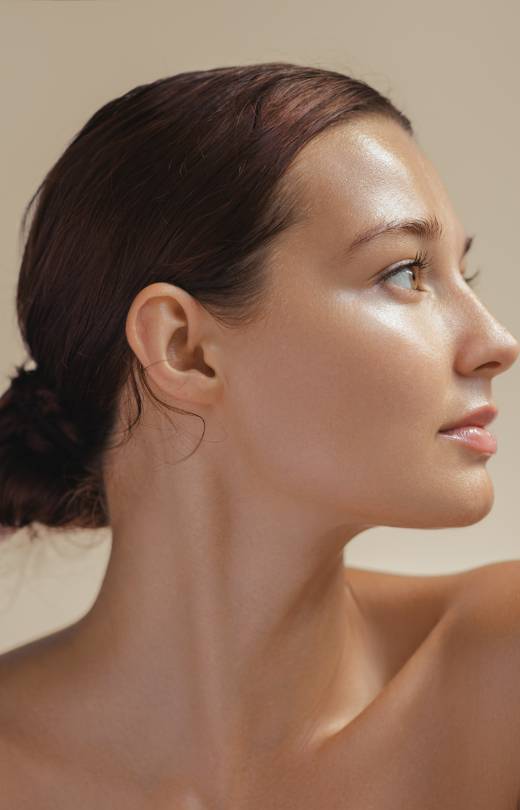

Fillers
As we get older we tend to lose volume in certain areas of our face resulting in an aged look. These changes manifest as fine lines, deep folds and hollowing. We also may have areas of asymmetry or contour irregularities, which may be present from birth or have developed in life. Filler treatments involve injecting natural substances under or into the skin to correct wrinkles, address areas of hollowness and replace lost volume. This revitalises the skin, restores volume and enhances facial features.
Fillers are an important treatment in aesthetic medicine as well as an extremely useful adjunct in aesthetic and reconstructive surgery.
At a Glance
Procedure Time
15 Minutes
Anaesthesia
Topical Anaesthetic
Hospital Stay
Day Case
Recovery
24-48 Hours Initial Swelling and Possible Bruising
Final Result
1 Week
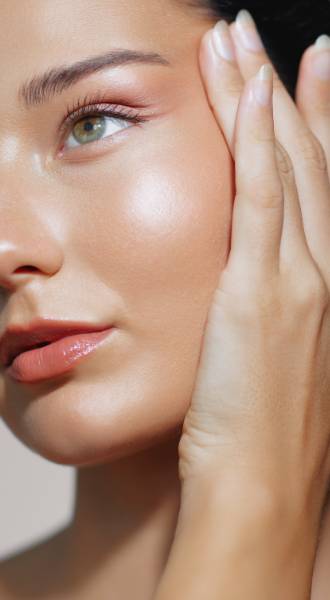
What are Fillers
Filler substances used are broadly divided into permanent and non-permanent.
Non-permanent
Hyaluronic acid is a natural substance commonly used as a facial filler. Formulated as an injectable gel used to restore lost volume, enhance facial features, and smooth out wrinkles and deep folds. The commonly treated areas include the temples, cheeks, tear troughs and lips.
The hyaluronic acid filler is temporary as your body breaks down the substance naturally over time, between 8 and 24 months depending on the particular type of product used. The treatment will, therefore, need to be repeated.
Mr Ridha will carry out a detailed assessment of your face and will formulate a treatment plan to achieve your goals and desires. The procedure is performed in outpatients with instant results and minimal recovery time.
Permanent Fillers
The commonly used permanent filler is fat. Fat transfer also is known as ‘fat grafting’ or ‘lipomodelling’ is a procedure whereby autologous fat (fat from one’s own body) is removed from an area where there is excess and then carefully injected into specific targeted areas. This technique is extremely useful to augment an area or correct contour irregularities.
The fat is harvested in a similar manner to liposuction, from the designated ‘donor area’. The fat is then processed and purified before it is transferred to the desired area. The designated ‘donor site’ is predetermined with you and is normally an area where you feel there is excess fat which has been resistant to reduction through diet and exercise. Mr Ridha’s fat-grafting treatment provides the advantage of combining fat reduction as well as body enhancement all under one procedure.
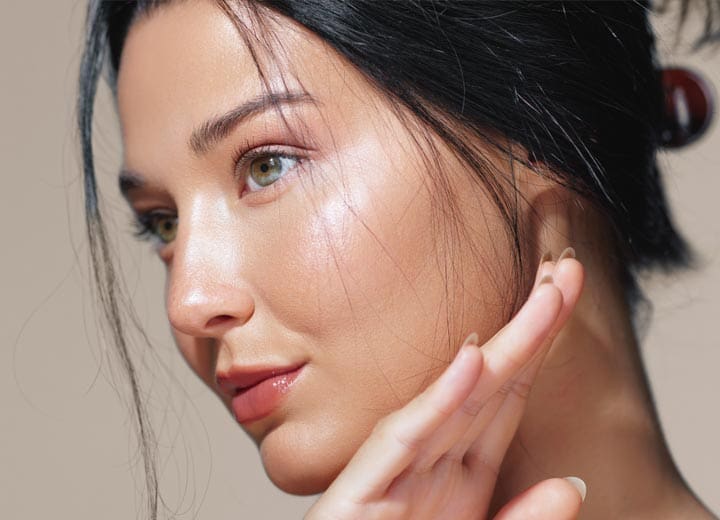
Reasons to choose
To address areas of volume loss, contour deformities or asymmetry.
Benefits
The benefits of non-permanent fillers are that they can be done as an outpatient procedure. The procedure is reversible, there’s no need for a donor site and you have minimal downtime.
The benefits of permanent fillers, are that they use your own body tissue, no foreign bodies in your body. There is significant improvement of skin texture and wrinkles with the introduction of stem cells to the site and the improvement is permanent.
Risks
Non-permanent
- Under or over correction
- Infection
- Swelling
- Bruising
- Migration
- Filler resorption
- Persistence of filler
- Contour irregularities
Permanent
- Under or over correction – with weight fluctuation
- Infection
- Swelling
- Bruising
- Fat resorption
- Contour irregularities at the donor and recipient site
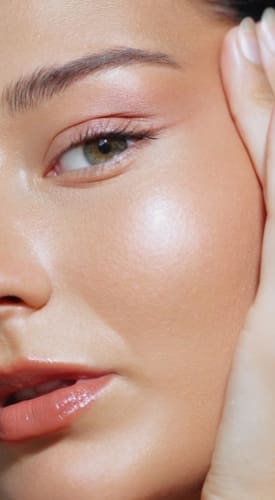
Who is a good candidate?
Anyone with a facial contour deformity, soft tissue or bony loss, or asymmetry is a good candidate for fillers. It’s also helpful to be in good health.
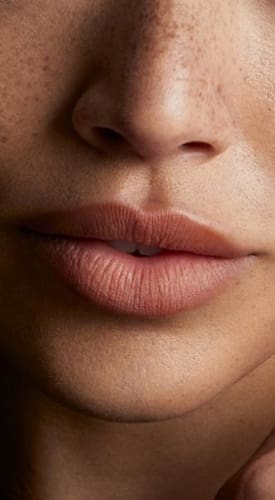
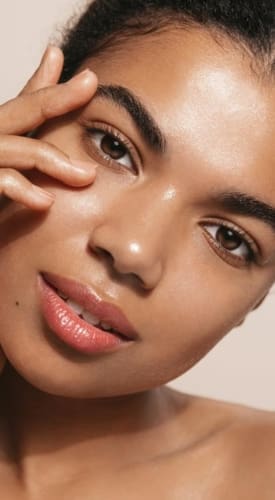
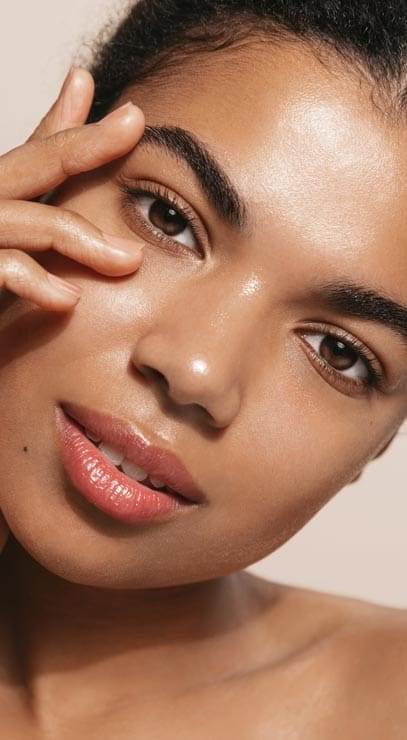
Book a Consultation
Take the first step toward your ideal look by booking a consultation with our expert surgeon.


Consultation
Mr Ridha has a deep understanding of facial anatomy and how facial appearance is affected by the treatment. He will take his time to assess you and understand your ideals to develop a treatment plan which will achieve your goals and give you a younger, rejuvenated and natural look. You will also have the opportunity to ask any questions and address any concerns you may have.
Procedure
Non-Permanent
Performed in an outpatient clinic setting. Topical anaesthetic cream is applied to the treatment area before injection of the filler to achieve the desired improvement.
Permanent
Performed in an operating theatre. Fat is harvested from the donor site using a gentle (low pressure) liposuction technique. The fat is prepared and purified ready for injection using a small cannula (blunt needle) to achieve the desired effect.
Recovery
Non-Permanent
48hrs for any swelling to subside
Permanent
10-12 days for any bruising and swelling that may occur at the donor or recipient to resolve. The injected fat revascularises over the course of 4-6 weeks delivering the final result.

Pricing?
Prices from
POA
The cost of filler treatment varies depending on your individual needs and goals. Factors such as the extent of treatment, the areas being treated, and the number of sessions required all influence the overall price. An accurate cost assessment will be provided during your initial consultation, ensuring a tailored approach to meet your specific requirements. You can find out more at our pricing plan pages here.
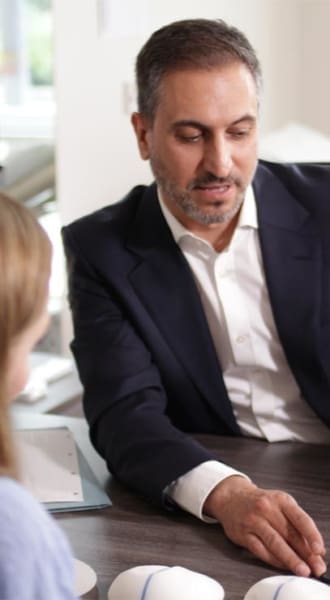
FAQs
How do fillers work?
Non-Permanent
Non-permanent fillers are made of hyaluronic acid which is cross linked in varying degrees to slow down the rate of its breakdown. The hyaluronic acid adds volume and hydrates the area treated.
Permanent
A mixture of mature and stem fat cells are injected into the site. As they revascularize they become part of the normal architecture of the tissue. The stem cells help repair any damaged or aged tissue in the area.
Is having fillers painful?
Non-Permanent
As the filler has to be injected there is the potential for minimal discomfort, such as that generally experienced with a needle injection This is mitigated with the use of topical (cream) anaesthetic as well as local anaesthetic within the filler solution. Any discomfort from any bruising is easily managed with simple oral analgesics such as paracetamol.
Permanent
Some discomfort may be experienced due to the injection with a cannula as well as the bruising, but this is easily managed with simple oral analgesics such as paracetamol.
Can I combine fillers with other treatments?
Yes, multimodality treatment is offered if it is felt that this would achieve the best result.
How long do fillers last?
Non-Permanent
Varies depending on the of degree of cross linking of the hyaluronic acid and the site of injection. This can be anywhere from 6 to 18 months.
Permanent
Fat grafting is permanent. The volume may change due to enlargement or shrinkage of the fat cells with weight changes.
